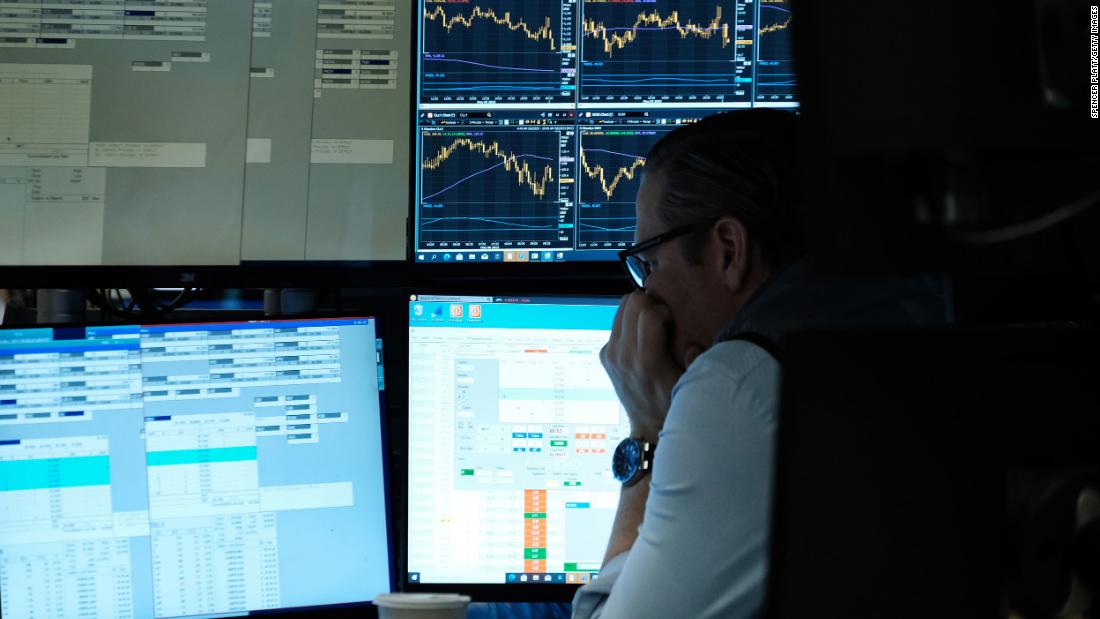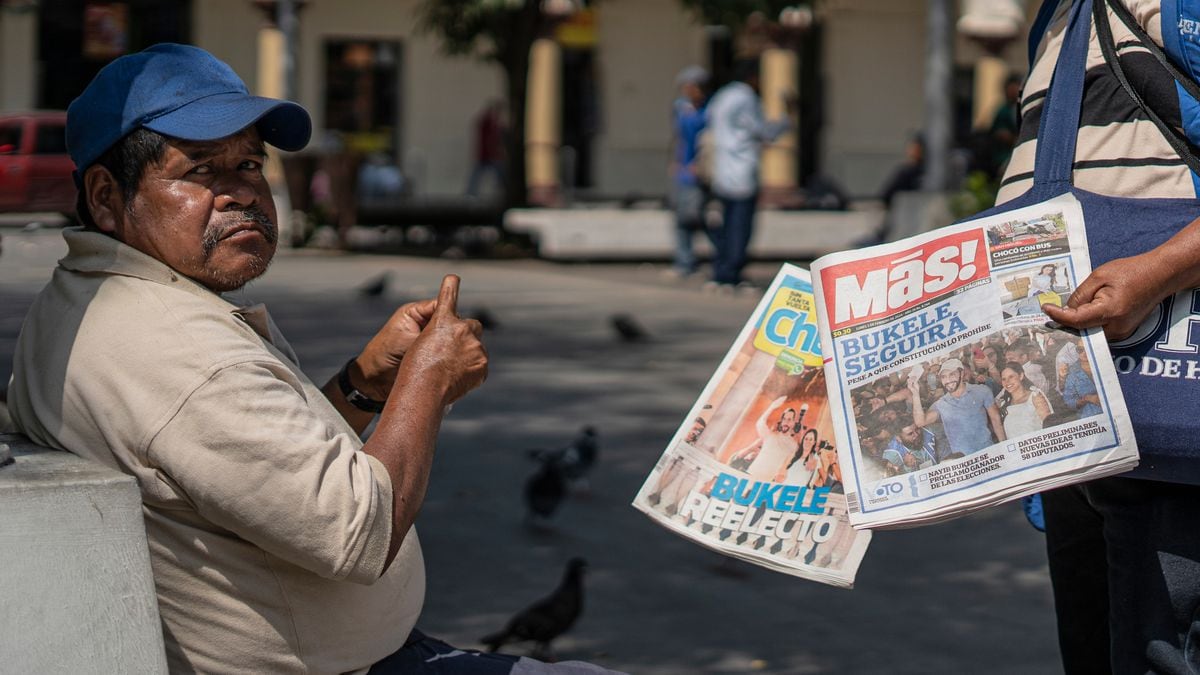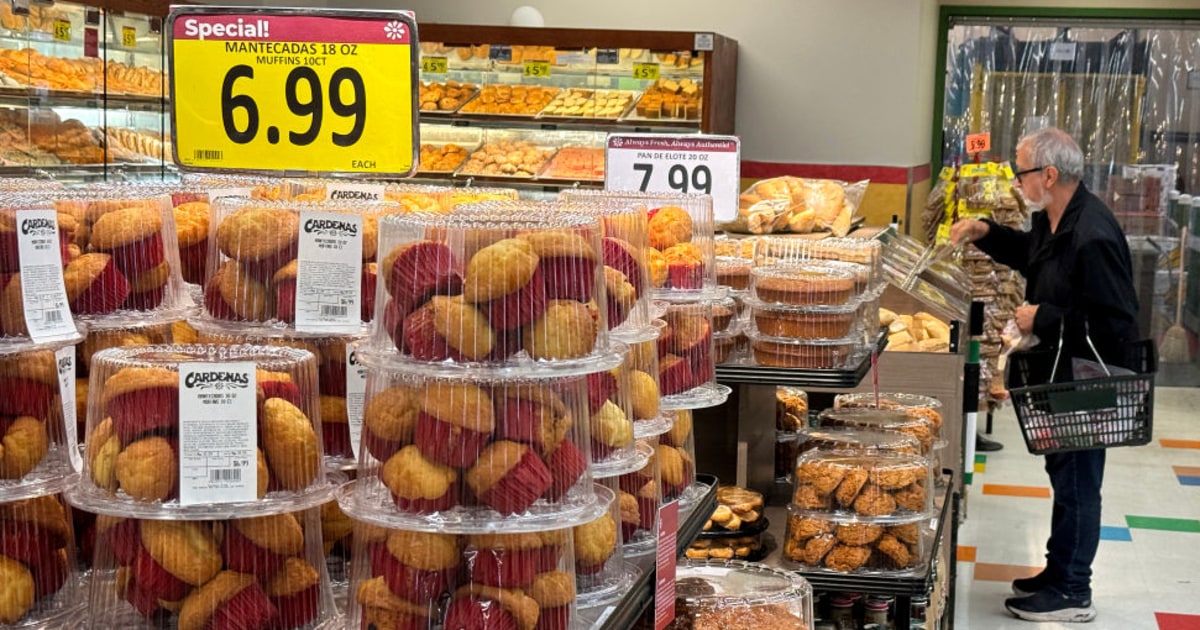How is the economic contraction in the US explained?
5:13
New York (CNN Business) --
Economists, CEOs, Wall Street and the general market are sounding the recession alarm.
Most agree that a recession could start to form in the United States in the coming months.
The question is what form it will take.
Recessions and recoveries come in shapes and sizes as varied as the alphabet.
Perhaps that is why economists decided to name the different types of economic recession with letters.
How a recession affects you and your pocket
But predicting which letter will correspond to the situation is not as easy as the alphabet.
This looming recession is especially tricky.
"Whether it's Covid in Asia or what's going on in Ukraine or what's going on with energy, it's one thing after another," said Nick Tell, CEO of investment bank Armory Group.
The component of this potential recession that is different than others is "the psychological impact on the workforce from Covid and the massive amount of subsidies that have been fed into the economy," Tell said.
The resulting labor shortage is something that has not been seen outside of a war-induced recession.
advertising
"If you look at job openings relative to the number of unemployed, we're in uncharted territory," agreed David Lebovitz, global markets strategist at JP Morgan Asset Management.
"I've never seen him like this in my life."
But "some components of what's happening are reminiscent of past recessions," Tell said.
So if we are headed for a recession, what form will it take?
u-shaped
"I think we're going to have a U-shaped recovery, which is something we haven't seen in a long time," Tell said.
A U-shaped recession indicates a steep decline, with a long struggle in the background before recovery.
They are painful recessions that last one or two years and are caused by a series of coincident factors.
Stagflation, the oil shock, and the Federal Reserve response between 1973 and 1975 caused a prolonged U-shaped recovery.
Simon Johnson, a former chief economist at the International Monetary Fund, likened this kind of recession to being stuck in a bathtub.
"You get in. You stay in. The sides are slippery. There might be a few bumps in the bottom, but you don't get out of the tub for a long time," he said.
The economy will have to slow down for a while before the workforce and unemployment return to a normal level, Tell said.
When that finally happens, things will go back to normal, but it could take a few years.
8 tips to protect yourself from a recession
V-shaped
A V-shaped recession is just what it sounds like: a sharp decline with a clearly defined depression, followed by a strong recovery.
This type of quick and complete recovery is considered the best case scenario when it comes to a recession.
Sometimes the dip into recession is steeper than the rise into recovery, like the Nike swoosh.
This is typically a recovery from recession based on one-off shocks to the economy, such as the two-month-long 2020 Covid recession.
Lebovitz expects that if there is a recession, it will be V-shaped and last only a few quarters.
“One of the things we always look for and try to gauge is some kind of imbalance,” he said. “There was an imbalance in stock valuations during the tech bubble, and an imbalance in housing in the run-up to the financial crisis. 2008. If we look at the economy today, we don't see any significant imbalance that could lead to a serious downturn in the economy.” The next downturn, Lebovitz said, will be relatively mild.
Lebovitz recommends that investors not give up for the next 12 to 18 months.
"We don't suggest selling when you've already lost 20%," he said.
However, investors should take this opportunity to rebalance their portfolios and make sure their finances are in order.
w-shaped
The dreaded double recession.
It occurs when an economy goes from recession to recovery and then falls back into another recession.
A W-shaped rally is especially painful for investors who jump back into what they think is a recovering market before plummeting to another bottom.
In 1980, the economy had a brief six-month recession and recovery, followed by a 16-month slump that stretched from mid-1981 to late 1982. Some analysts say that if the Federal Reserve is not aggressive enough in if interest rates are raised, this could happen again.
L-shaped
An L-shaped or "hockey stick" recession is what economists want to avoid at all costs.
It means declining growth for a long time, and we often come out of recession only to fall into depression territory.
This often means that large numbers of workers remain unemployed for significant periods of time and that capital assets sit idle.
The Great Depression of the 1930s was "L" shaped, and some economists argue that the Great Recession of the late 2000s was the same, as it took six years for GDP to return to 2007 levels. they called "roast recovery": low and slow heat.
K-shaped
A K-shaped recovery is what happens when different communities recover from economic downturns at different rates.
Some sectors of society may experience a growth boost while others continue to lag behind.
These changes are often defined by industrial, wealth, and geographic differences, and are exacerbated by rising rates of income and wealth inequality.
Although the recovery from the 2020 recession can be described as V-shaped, many point out that it was actually two-pronged.
Low-income black and Hispanic families, for example, depleted their savings the fastest during the pandemic.
Study confirms that the pandemic affected blacks, indigenous people and Latinos to a greater extent than whites
Many of those working in white-collar and management jobs bounced back quickly from the 2020 recession as the government doled out stimulus payments and stocks and home prices appreciated.
Those without savings and working in service jobs continued to suffer.
The lowest-paid employees were the most likely to lose their jobs in nearly every sector of the economy between 2020 and 2021, according to data from the Bureau of Labor Statistics (BLS).
“Lower median wage establishments and lower-earning workers bore the brunt of the coronavirus pandemic-induced recession,” the BLS economists wrote.
"Both the lowest-wage establishments and the lowest-wage workers experienced the steepest initial employment declines at the start of the recession and the slowest subsequent employment recovery."



/cloudfront-eu-central-1.images.arcpublishing.com/prisa/VBVLA4RLPJBHZEVSYQCSXI5CX4.jpg)
/cloudfront-eu-central-1.images.arcpublishing.com/prisa/VD7ONLCZSZBRRLBARPIUKVHOXI.jpg)






/cloudfront-eu-central-1.images.arcpublishing.com/prisa/KMEYMJKESBAZBE4MRBAM4TGHIQ.jpg)


